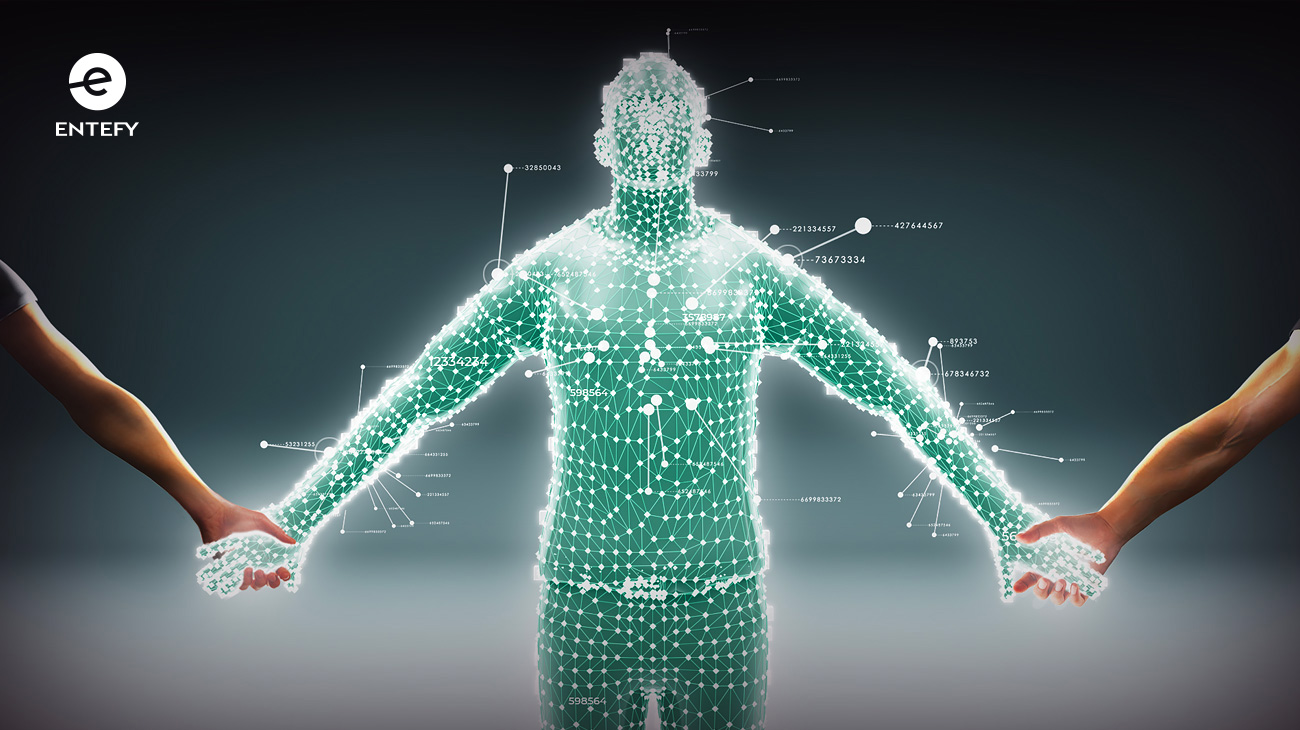While technology consistently improves and gives us new and better ways to conduct business and manage our lives, truly groundbreaking inventions are often few and far between.
One such invention is blockchain, the distributed ledger technology on which Bitcoin and other cryptocurrencies are built. The technology is steadily influencing global industries, and it’s changing everything from how energy grids are managed to how medical records are stored. But blockchain isn’t just reshaping how we build, ship, and secure products. It’s also transforming how industry supply chains are structured. And it’s happening fast.
The end of the middleman?
One of the most celebrated features of blockchain is its decentralized structure. When transactions are recorded, no single entity owns the record. All relevant parties can access the information and see exactly when and how a payment or transfer of value was processed. Data isn’t stored in one single location, either. It’s distributed across a series of computers, or nodes, which makes it less vulnerable to corruption. The distributed, decentralized structure reduces the need for an intermediary middleman to transfer information and goods between buyers and sellers.
Here’s an example of how that works. Let’s assume that an entrepreneur decides to open an online business selling handmade, artisanal goods from her hometown. She wants consumers across the country to be able to buy her high-quality products, so she seeks out a shipping company to manage the deliveries. By using a blockchain-based smart contract, she doesn’t need an intermediary to set up the relationship or act as a go-between for her and the shipping vendor. The details of their agreements are recorded on a blockchain, and both parties have encryption keys that allow them and their authorized users to review contracts at any time. Contracts are virtually tamper-proof and the original agreements, once recorded, are immutable. Everyone involved saves time and money since they don’t need to coordinate – or pay – an intermediary service to facilitate the transactions.
Although middlemen often provide value, there’s no getting around the fact that the more people involved in a process, the longer it takes to complete, the more expensive it is, and the more opportunities there are for mistakes. Every additional layer in a business environment creates costly, and often unpredictable, variability. The hope is that blockchain can significantly reduce transactions costs, frictions, and inefficiencies across the board.
Here are 4 examples of what a world without middlemen might look like:
Pharmaceuticals
Supply chain costs represent a massive expense, largely due to middlemen companies that nurture relationships and serve as mediators between different points in the production pipeline. Companies in a number of industries are beginning to shift their dependence from middlemen to blockchain.
For example, pharma companies have begun exploring the use of blockchain to reduce the number of counterfeit drugs that make it to the market, which constitute 1% of sales in the developed world and up to 70% in poorer countries. In Europe alone, pharmaceutical corporations lose more than $11.5 billion a year due to counterfeits, and at least 40,000 jobs are jeopardized by the crisis. By using blockchain to document and verify drug production and sales at every point in the supply chain, pharma companies can better control the products that are sold to their clients and consumers while also reducing the number of players involved in their supply chains.
Real estate
Commercial real estate transactions are often lengthy and complex endeavors. But blockchain could make the process less burdensome. If all property details, including key information about ownership history and titles, were stored on a blockchain, buyers and sellers could easily access that information without the need for a real estate agent’s assistance.
Instead of relying on agents and title management companies to build trust between buyers and sellers, a blockchain allows them to verify ownership and vet deals without involving one or more third parties. This could mean faster transaction times and decreased transaction costs, as buyers and sellers negotiate directly and avoid paying intermediaries for their involvement.
Energy
To help ease strains on the energy supply, utility companies are experimenting with blockchain by developing platforms that allow individual consumers to buy and sell energy through smart contracts.
One application would be to allow homeowners with solar arrays to sell the power captured via their panels to neighbors who need it. Blockchain platforms allow these exchanges to happen in real-time, with immediate transfers of energy and money. Importantly, such options enable communities to become more resilient against power outages, storms, and other adverse events by developing blockchain-enabled microgrids.
Banking
Security and efficiency are particular concerns in the financial world, given that banks and other financial institutions are the ones handling corporate and consumer finances. It is in everyone’s interests for banks to adopt safe, cost-effective processes, and blockchain delivers on that. Back-office functions, including accounting, transaction clearing and settlement, and regulatory compliance, are critical to healthy banks. But these departments and processes can also be subject to headcount bloat and runaway costs, particularly as banks attempt to get their arms around growing fraud and cybersecurity risks. By instituting blockchain systems, banks could save $20 billion on back office costs while also securing their clients’ data and financial assets.
Big picture, we’re beginning to see blockchain create new services that can generate efficiency and at times bypass intermediaries. Innovative companies that adopt blockchain have the opportunity to capture more of the value in their supply chain.
